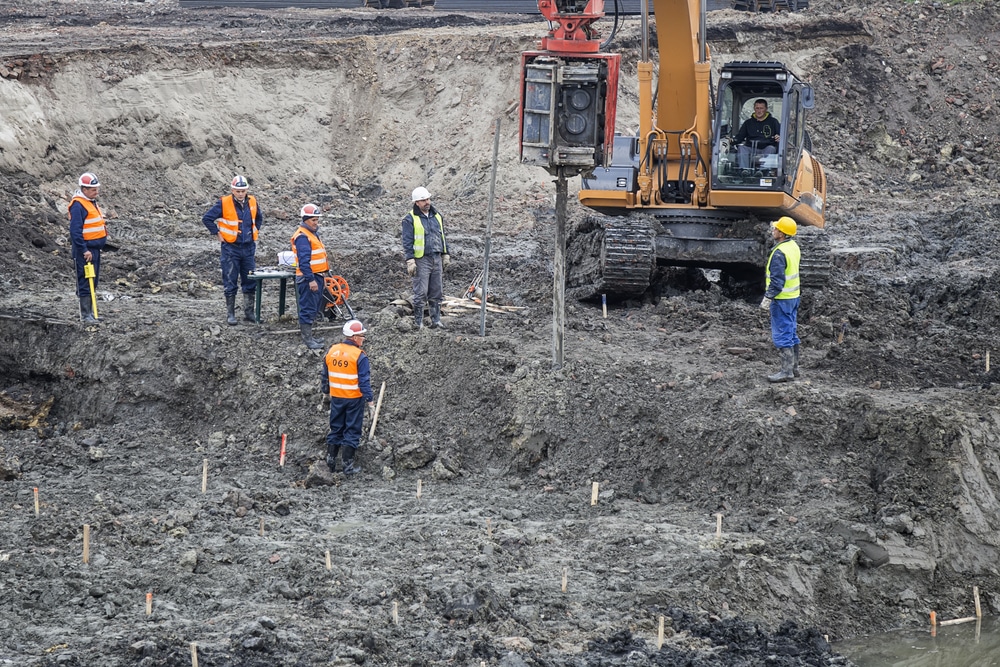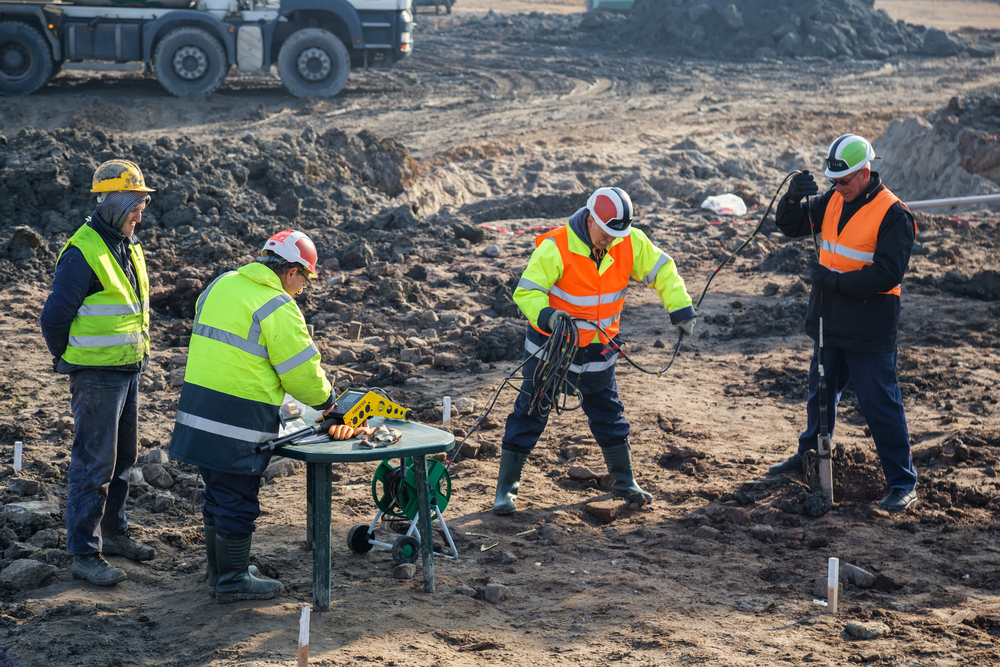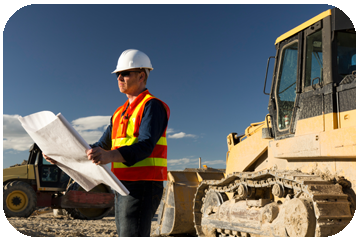The Interdisciplinary Approaches in the Geotechnical Sector: Connecting the Void Between Engineering, Geology, and Environmental Science for Ideal Task End Results
The assimilation of design, geology, and environmental scientific research within the geotechnical market is not merely helpful; it is imperative for attaining optimal task end results. What strategies might emerge to facilitate this crucial collaboration and improve the efficacy of geotechnical methods?
Importance of Interdisciplinary Cooperation
The value of interdisciplinary cooperation in the geotechnical market can not be overemphasized. Reliable geotechnical jobs require the integration of diverse proficiency from numerous fields, including design, geology, and ecological science. This collaboration guarantees that all aspects of a job are taken into consideration, leading to thorough services that resolve complex obstacles.
Interdisciplinary partnership fosters innovation by allowing specialists to share insights and methods that may not appear when operating in isolation (geo tech engineer). By leveraging the staminas of several techniques, groups can recognize potential threats, maximize style procedures, and improve the sustainability of geotechnical tasks. Moreover, such partnership advertises an all natural understanding of site-specific problems, which is crucial for precise assessment and decision-making.
The complexity of geotechnical jobs demands a coordinated strategy to analytical. Ultimately, interdisciplinary partnership is essential for progressing finest practices and attaining quality in the geotechnical industry.
Secret Duties of Each Technique
Cooperation amongst numerous disciplines is not simply useful; it is crucial for the effective execution of geotechnical tasks. Each discipline-- design, geology, and environmental science-- plays a distinct yet interconnected function that contributes to forecast efficiency and sustainability.
Geotechnical engineers are primarily responsible for creating structures and guaranteeing architectural stability. They assess dirt and rock residential properties to evaluate load-bearing capabilities, giving necessary information for safe construction methods. Their experience allows the solution of cutting-edge solutions to complex challenges.

Environmental researchers evaluate the prospective impacts of building on ecological communities and water resources. They carry out environmental assessments and establish mitigation methods to decrease adverse results. By integrating ecological factors to consider, they guarantee conformity with regulations and promote sustainability throughout the job lifecycle.
Instance Studies of Effective Combination
Successful assimilation of geotechnical self-controls can be exhibited with different case research studies that highlight the effectiveness of teamwork in attending to complicated design challenges. One significant instance is the building of the Hong Kong-- Zhuhai-- Macau Bridge, where a collective strategy involving geotechnical design, geology, and environmental scientific research was critical. Geologists and designers functioned in unison to assess the seabed conditions and maximize the structure style, guaranteeing stability and decreasing ecological effect.
Another impactful situation is the enhancement of slope stability in the San Francisco Bay Area, where an interdisciplinary team combined geotechnical evaluation with ecological analyses. By incorporating hydrological studies and geological surveys, the team successfully determined possible landslide risks and carried out efficient reduction steps, boosting safety and sustainability.
In addition, the redevelopment of Brownfield websites usually calls for a multidisciplinary technique. In one situation in Chicago, collaboration among geotechnical engineers, environmental scientists, and metropolitan planners led to the effective remediation of this post contaminated dirt, permitting the safe makeover of the website right into a neighborhood park. These study show that interdisciplinary cooperation not only addresses technical obstacles but likewise promotes cutting-edge services that profit both tasks and neighborhoods.
Difficulties in Multidisciplinary Projects

Additionally, working with timetables and workflows among different groups can be troublesome, especially when each discipline has special project milestones and deliverables. This misalignment can result in hold-ups and boosted expenses. The difficulty of source allotment also looms big; ensuring that specialized competence is offered at essential times calls for cautious Read More Here planning and insight.
Lastly, regulatory compliance presents one more substantial difficulty. Each discipline might face different regulatory frameworks, and aligning these requirements to fulfill task goals can be complicated and lengthy. Dealing with these difficulties requires strong leadership and efficient interaction methods to promote partnership and make sure that multidisciplinary teams work cohesively towards shared goals.
Future Trends in Geotechnical Practices
As the geotechnical sector develops, emerging fads are reshaping techniques to deal with the obstacles faced in multidisciplinary tasks - engineer of record. One considerable pattern is the enhanced combination of advanced technologies, such as man-made intelligence and artificial intelligence, right into geotechnical analysis and style. These innovations improve predictive modeling and danger assessment, making it possible for designers to make more enlightened choices throughout the project lifecycle

Additionally, the fostering of digital doubles and real-time tracking systems is coming to be extra prevalent. These devices promote recurring evaluation of soil problems and structural efficiency, permitting timely treatments when problems develop.
Final Thought
Finally, the integration of design, geology, and environmental scientific research is essential for achieving ideal outcomes in the geotechnical industry. Interdisciplinary collaboration promotes advancement, enhances problem-solving capacities, and straightens technological needs with environmental sustainability. Successful study highlight the advantages of this strategy, while acknowledging the difficulties faced in multidisciplinary jobs. Looking ahead, embracing these joint practices will be crucial for navigating future patterns and advancing the field of geotechnical design.
The integration of engineering, geology, and environmental scientific research within the geotechnical market is not merely useful; it is vital for attaining optimal project results. Reliable geotechnical jobs need the assimilation of look at this website varied know-how from various areas, including engineering, geology, and ecological science.Navigating the intricacies of multidisciplinary projects in the geotechnical market provides a number of significant difficulties.As the geotechnical sector develops, arising trends are improving techniques to address the challenges faced in multidisciplinary projects. Geotechnical designers are significantly working together with environmental scientists to guarantee that projects line up with sustainability objectives and conform with governing requirements.